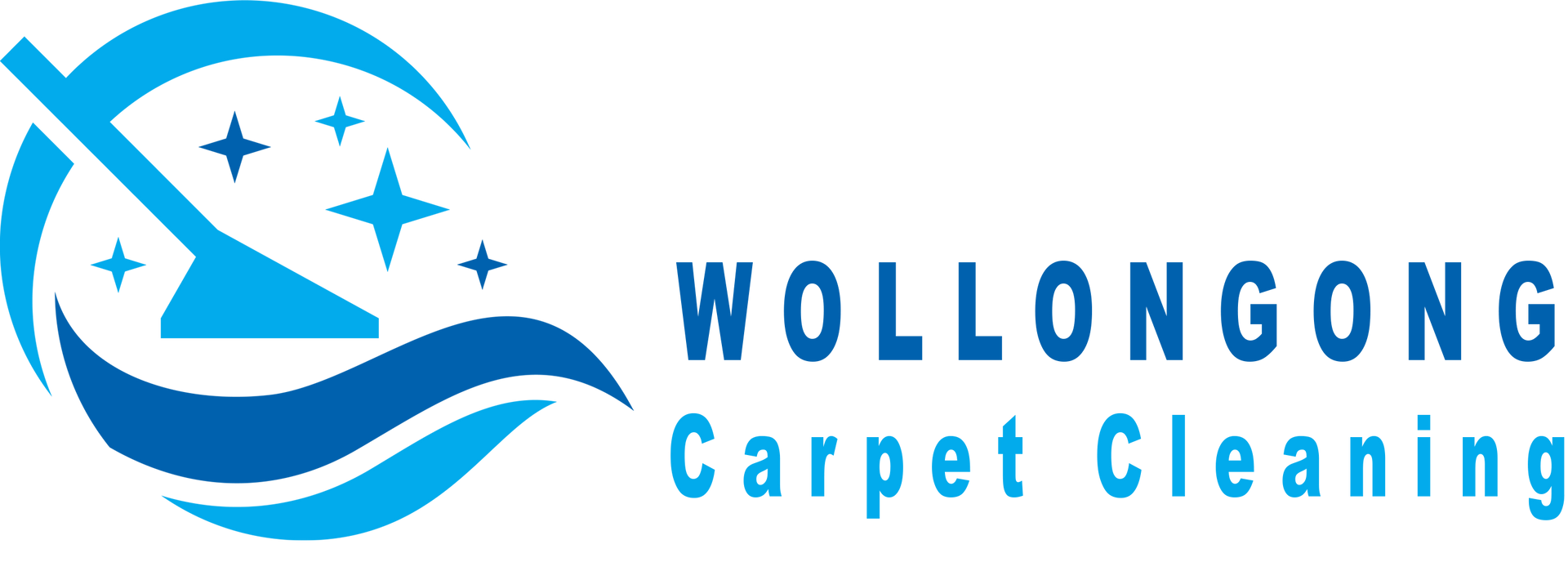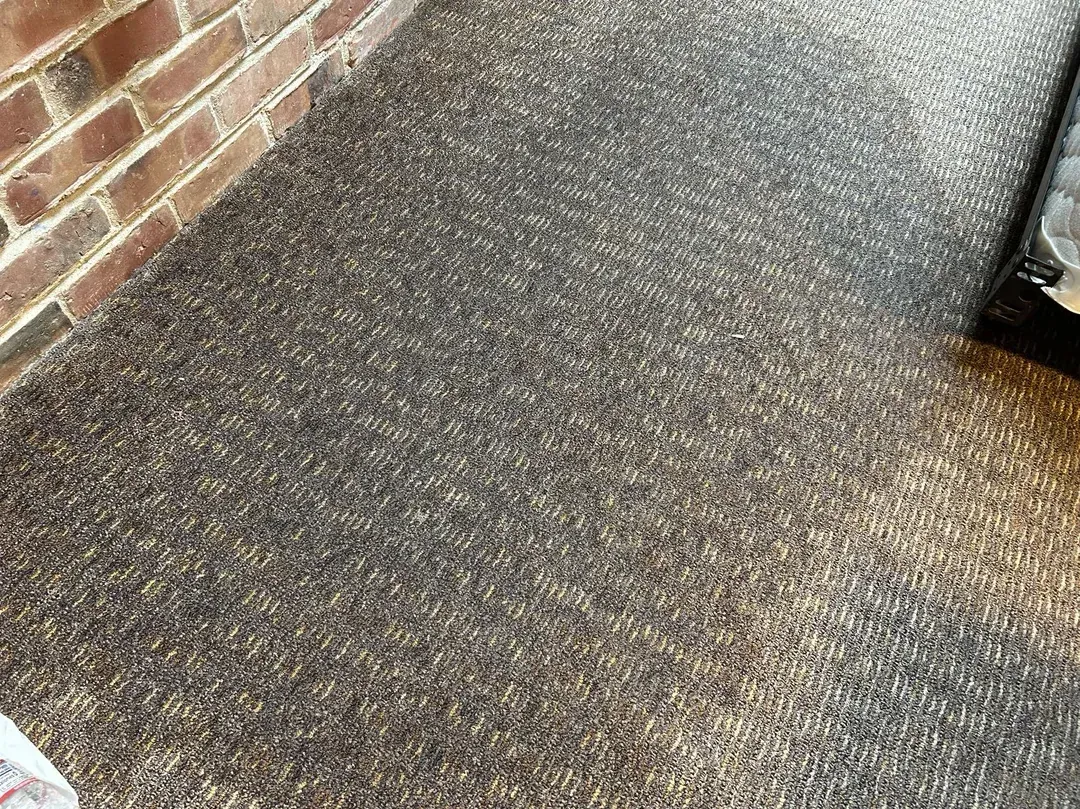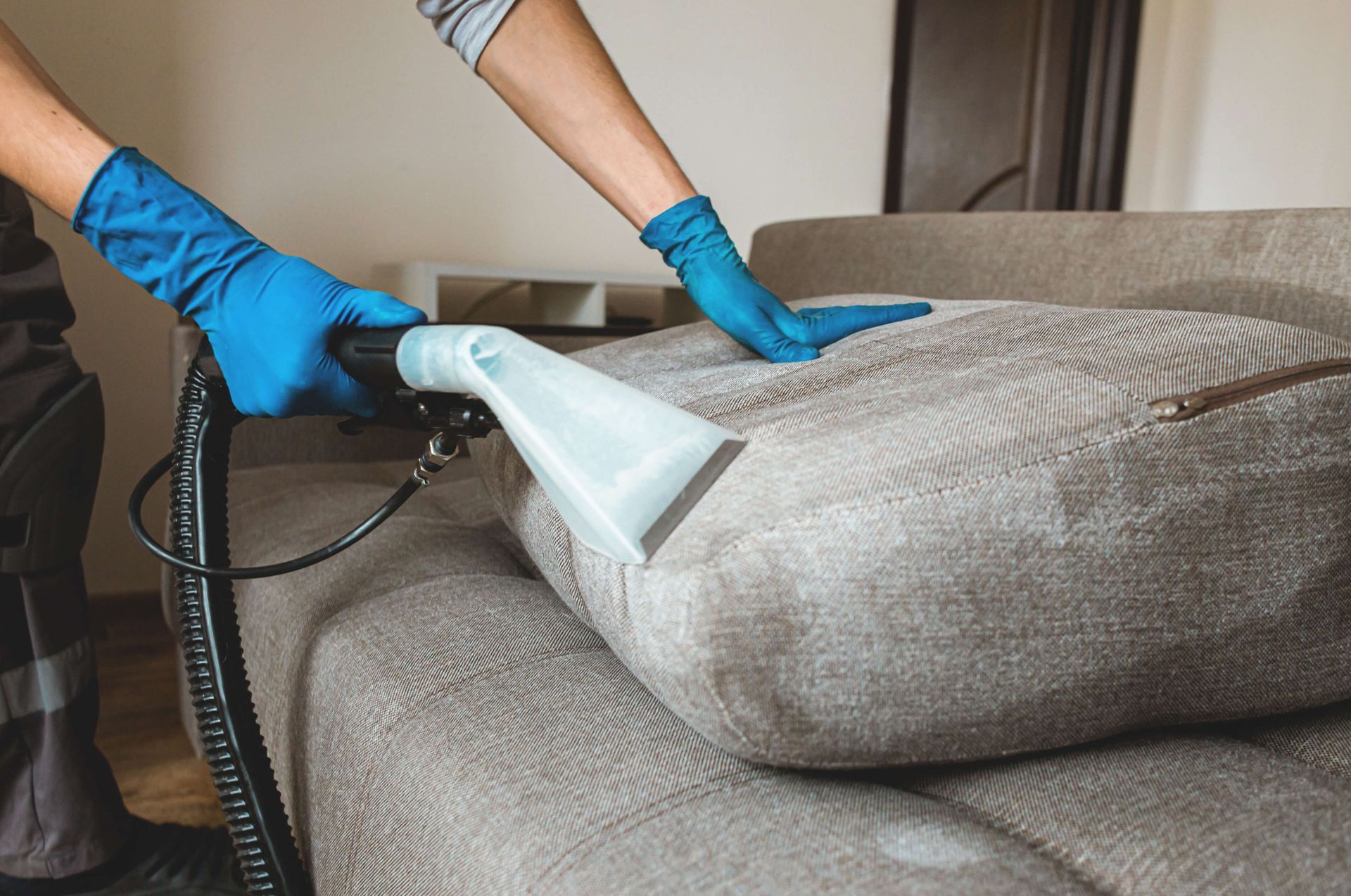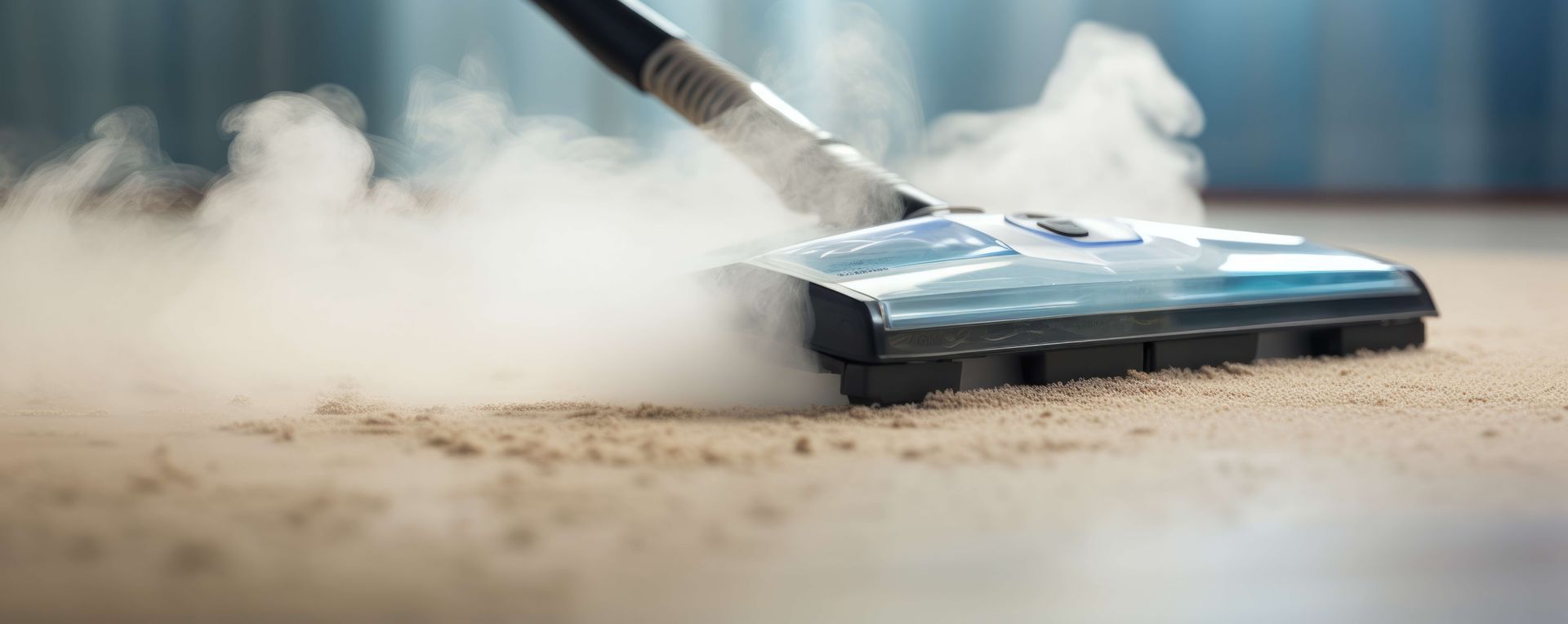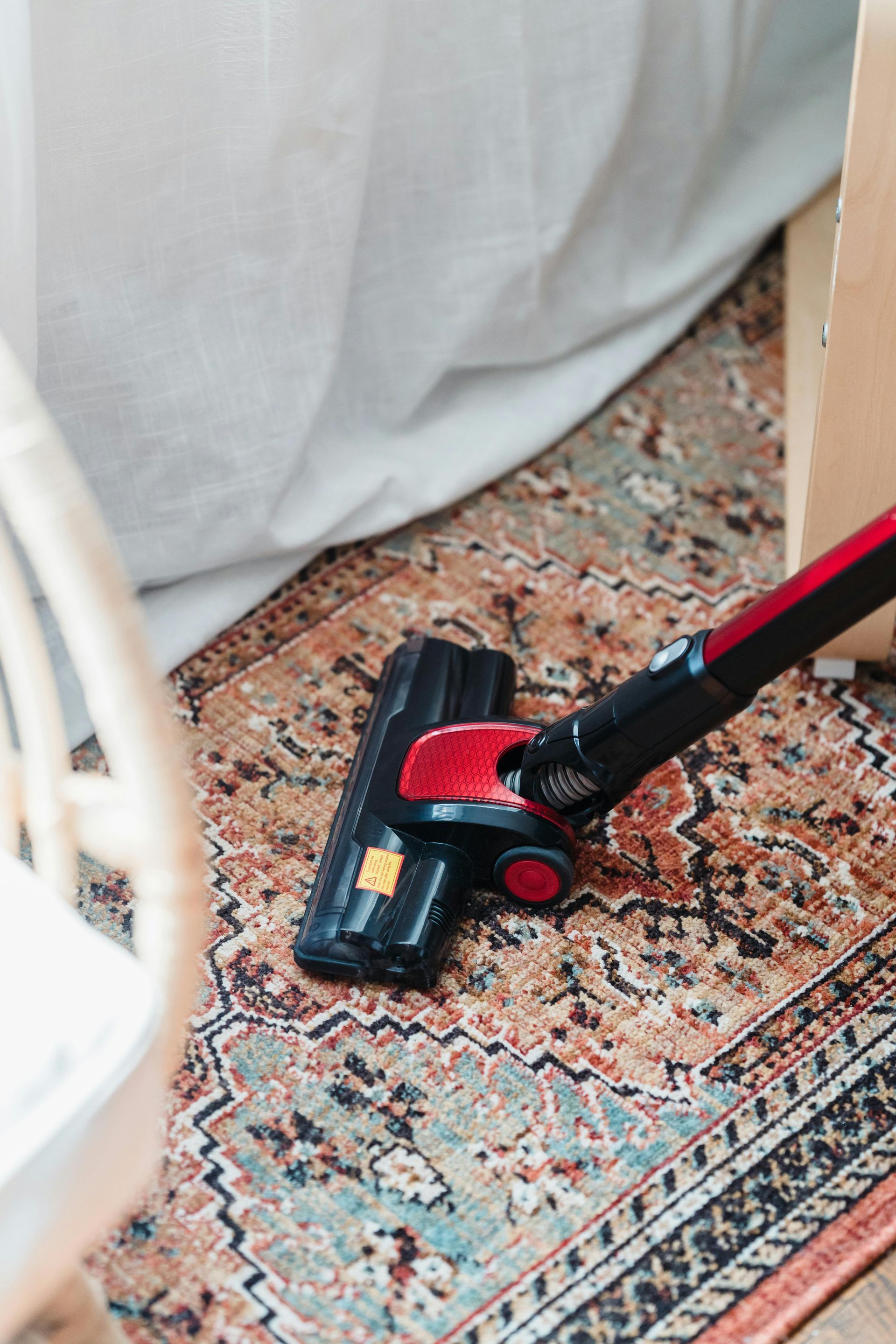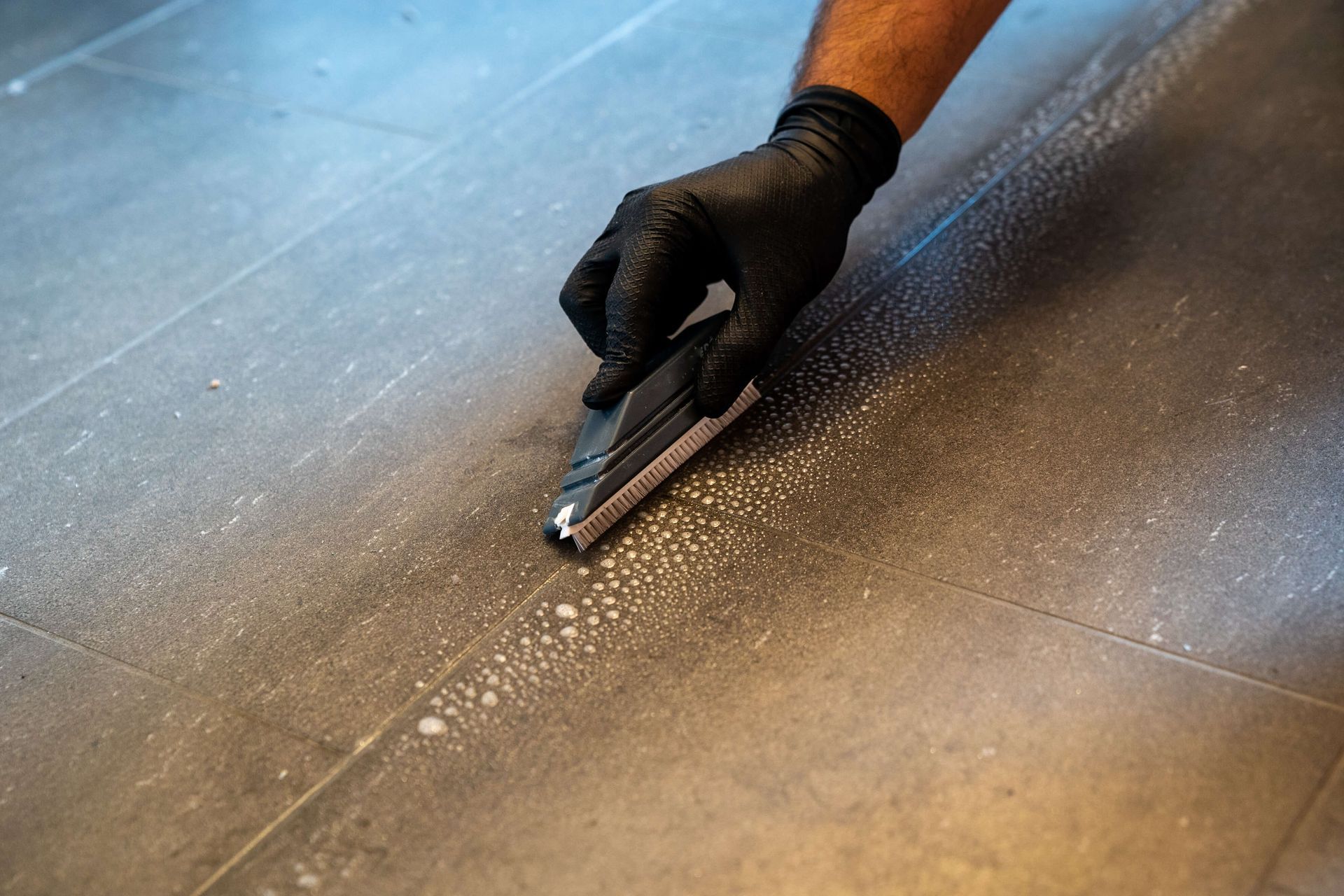Top 7 Myths About Hot Water Extraction, Debunked With Facts
When it comes to deep carpet cleaning, few methods are as effective or widely used as hot water extraction. Yet despite its popularity among professionals, many homeowners remain hesitant to use it, often due to persistent myths and misinformation. These hot water extraction myths can prevent people from choosing a method that may be exactly what their carpets need. Misconceptions about mold, drying time, and even damage can lead to poor cleaning decisions, leaving carpets dirty and worn far earlier than they should be.
In this blog, we’ll uncover and correct the top 7 myths about hot water extraction, giving you a clearer picture of how this method actually works and why it’s considered the gold standard for deep carpet cleaning.
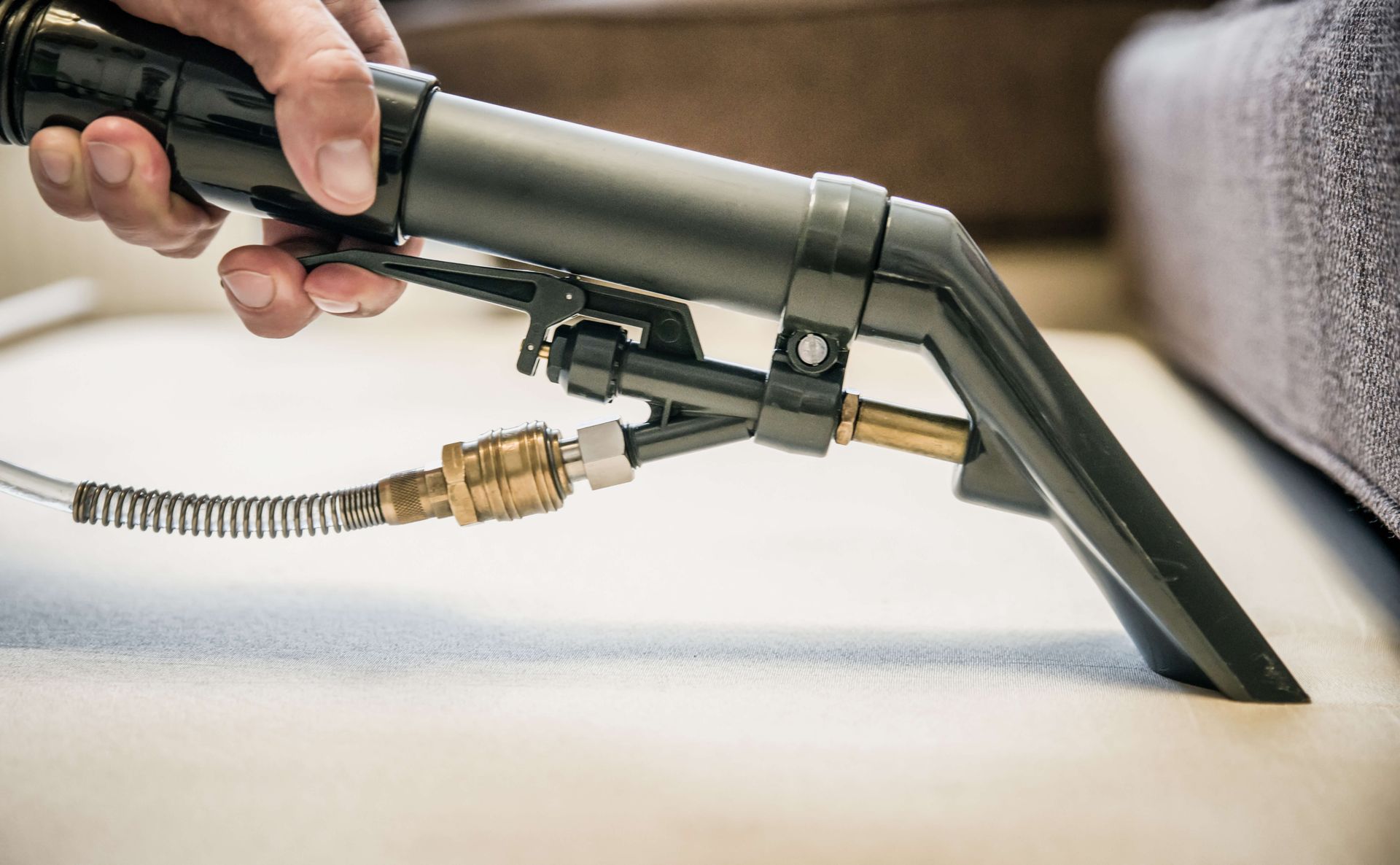
1. Hot Water Extraction Will Soak My Carpet & Cause Mold Growth
One of the most common myths is that hot water extraction leaves carpets soaking wet, increasing the risk of mold and mildew. While this may have been a concern decades ago, modern hot water extraction equipment uses powerful suction to remove most of the moisture immediately after application.
With proper ventilation and professional service, carpets typically dry within 4 to 6 hours, not days. Mold only becomes an issue when moisture is left trapped in the carpet for extended periods, which doesn't happen with properly executed hot water extraction.
In fact, many systems now use low-moisture techniques, balancing effective cleaning with faster drying. Trained technicians also pre-inspect carpet materials to set the appropriate pressure and water volume, reducing the chance of over-wetting altogether. In humid climates or homes with poor airflow, fans or dehumidifiers can be used to further accelerate drying and eliminate any remaining moisture risks. So, rather than increasing the risk of mold, a professionally performed hot water extraction can actually reduce allergens and improve overall indoor air quality.
2. It’s Just Steam Cleaning, So What’s the Difference?
Many people confuse hot water extraction with steam cleaning. While both involve heat and moisture, they are not the same. Steam cleaning uses vapor, while hot water extraction involves injecting heated water (not steam) deep into carpet fibers, followed by immediate extraction. This distinction is critical. Hot water extraction is more effective at loosening embedded dirt, breaking down stains, and removing allergens and bacteria. It’s not just surface-level; it’s a deep clean method backed by carpet manufacturers.
Additionally, steam cleaning relies solely on heat and typically doesn't involve the same forceful rinse-and-extract process. That means it may not fully flush out soils, detergents, or allergens, especially in thicker or high-pile carpets. On the other hand, hot water extraction combines mechanical action with chemical and thermal power, which not only lifts visible grime but also targets invisible residues like dust mites, pollens, and oily buildup. This makes it especially useful for families with allergies, pets, or high foot traffic.
3. Hot Water Extraction Will Ruin Delicate or Wool Carpets
This myth likely stems from improper DIY methods or untrained technicians using excessive water or the wrong detergents. But when performed by professionals using the right techniques, hot water extraction is safe for most carpet types, including wool. Experienced cleaners adjust temperature, pressure, and cleaning agents based on the carpet’s material. In fact, many wool carpet manufacturers recommend hot water extraction as part of proper long-term maintenance, so long as it’s done by a qualified professional.
Wool is naturally resilient and has excellent soil resistance, but it also requires careful handling to avoid shrinkage or dye bleeding. That’s why trained technicians perform fiber testing and pre-treatment assessments before cleaning. They also use wool-safe solutions with neutral pH to preserve the carpet’s integrity and softness. Another factor that makes hot water extraction suitable is the controlled drying environment it provides. Unlike older or rental machines that may oversaturate the fibers, modern systems limit moisture and prevent stress on delicate backings.
4. Dry Cleaning Methods Are Better Because There’s No Waiting
Dry cleaning methods are often marketed as more convenient due to shorter drying times. But faster doesn’t always mean better. Dry cleaning typically only treats the surface, which may temporarily freshen the appearance but doesn’t truly clean below the fibers. Hot water extraction reaches deep into the carpet, pulling out soil, allergens, and grime that surface methods leave behind. While it might take a few extra hours to dry, the level of cleanliness and hygiene it provides is unmatched.
Wollongong Carpet Cleaning Pro offers professional hot water extraction services designed to meet Australian standards, using industry-grade equipment to ensure quick drying and effective results, no shortcuts, no residue.
5. Hot Water Extraction Shrinks Carpets or Damages the Backing
Carpet shrinkage is a real concern, but it is not caused by hot water extraction itself. Instead, shrinkage usually results from overwetting, improper temperature settings, or the use of low-quality equipment. These issues are associated more with DIY attempts or untrained cleaners than with the method itself. Professional hot water extraction takes fiber type, temperature control, and moisture management into account.
When done properly, the process ensures that moisture doesn’t reach the backing or padding excessively, which is where shrinkage and damage could occur. In fact, many commercial-grade carpets are routinely cleaned with hot water extraction as part of their regular maintenance, without issue.
6. It’s Just a Marketing Gimmick, No Better Than Vacuuming or DIY Cleaning
Some skeptics argue that hot water extraction is an overrated service pushed by the cleaning industry. The truth is, vacuuming and DIY cleaning methods only handle surface dirt and cosmetic freshness. They can’t remove deep-seated allergens, bacteria, and microscopic debris embedded in the lower layers of your carpet.
Hot water extraction delivers a true deep clean that reaches far below what consumer machines or rental units can handle. It's not about marketing hype, it's about physics, chemistry, and proper technique. High-pressure water combined with specialized detergents and immediate suction creates a level of cleanliness that can’t be achieved with vacuums or over-the-counter products.
7. It’s Too Expensive and Not Worth the Investment
This myth often stems from a short-term mindset. While hot water extraction might seem more expensive upfront compared to DIY products or quick dry cleaning services, it helps prevent long-term wear, fiber damage, and early replacement costs. Dirty carpets wear out faster because embedded grit and debris break down fibers with every footstep. Regular deep cleaning extends the life of your carpets, helps maintain warranties, and improves indoor air quality, all of which are financially and health-wise beneficial.
How Hot Water Extraction Works & Why It’s So Effective?
Hot water extraction is a deep-cleaning method that combines heated water and powerful suction to remove dirt, allergens, and grime from deep within carpet fibers. The process starts by applying a cleaning solution to loosen embedded debris. Then, hot water is injected under high pressure into the carpet. Almost simultaneously, a high-powered vacuum extracts the water along with the dissolved dirt and contaminants. This dual action not only lifts visible stains but also eliminates bacteria, dust mites, and odours hiding below the surface.
Unlike dry or surface-level methods, hot water extraction cleans from the inside out, restoring carpets to a fresh, hygienic state, making it ideal for households with kids, pets, or allergy sensitivities. Unlike traditional cleaning methods that only address surface dirt, hot water extraction reaches the deepest layers of your carpet, where harmful particles often settle unnoticed. This makes it especially useful in high-traffic areas or homes with occupants who suffer from allergies or respiratory issues. Because the process includes thorough rinsing and immediate extraction, it leaves no soapy residue behind, meaning your carpet stays cleaner for longer.
Additionally, modern machines allow for precise control over water temperature and pressure, ensuring a tailored approach that suits different carpet types, including wool and synthetic blends. The result is a carpet that not only looks refreshed but also feels softer, smells cleaner, and promotes a healthier indoor environment overall.
Myths Busted, Facts Cleaned Up
The myths about hot water extraction can easily deter people from using one of the most effective carpet cleaning methods available. When performed correctly by trained professionals, hot water extraction not only deep cleans but also extends the life of your carpet and improves indoor air quality. Don’t let misinformation guide your cleaning choices; get informed and act accordingly.
If your carpets haven’t had a proper deep clean in over a year, it might be time to consider a more thorough solution. Wollongong Carpet Cleaning Pro is here to help when you're ready, because cleaner carpets aren't just about looks, they're about health, comfort, and longevity.
Frequently Asked Questions (FAQs)
Is hot water extraction safe for kids and pets?
Yes. When performed with non-toxic, residue-free cleaning agents, it’s one of the safest options for households with children and animals.
Does hot water extraction remove old, set-in stains?
It can significantly reduce or eliminate many old stains, especially organic ones. However, results depend on the type of stain, carpet fiber, and how long it has been there.
How long does it take to dry after hot water extraction?
Typically between 4 to 6 hours, depending on humidity, carpet thickness, and ventilation. Using fans, open windows, or a dehumidifier can help speed up the drying process.
How often should I get hot water extraction for my carpet?
Most experts recommend every 12 to 18 months, but homes with pets, allergies, or heavy foot traffic may benefit from more frequent cleanings. Book an appointment with Wollongong Carpet Cleaning Pro and get your carpets professionally cleaned now!
Can I walk on the carpet immediately after cleaning?
It’s best to wait until it’s fully dry to avoid re-soiling or compressing damp fibers, but if necessary, light use with clean socks is usually fine.
